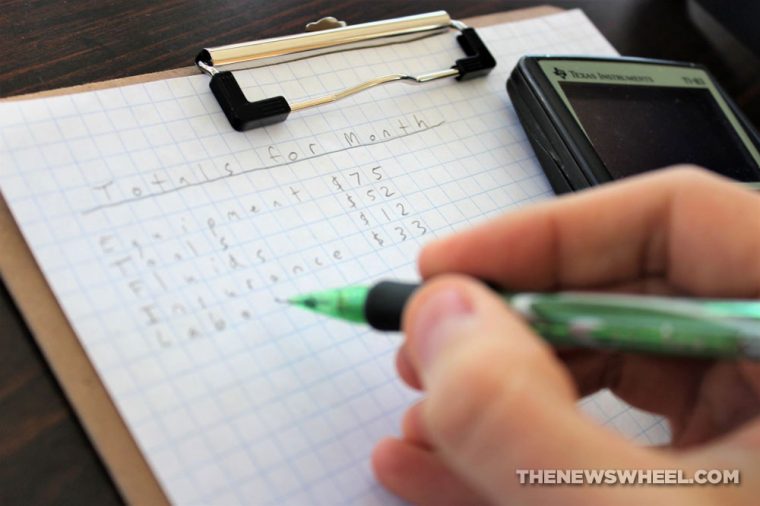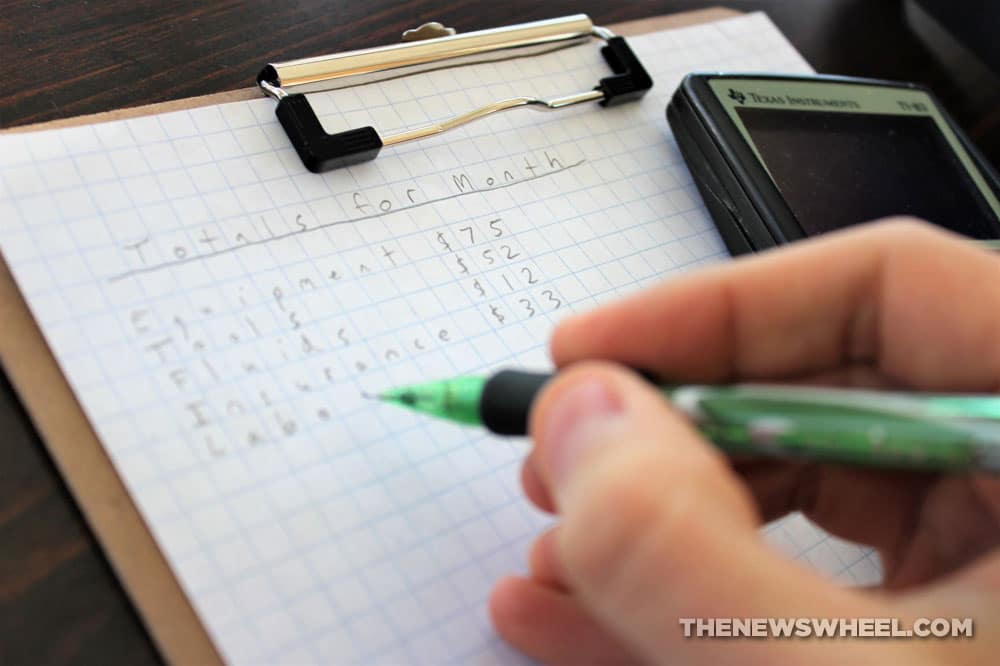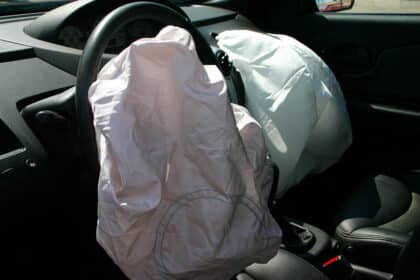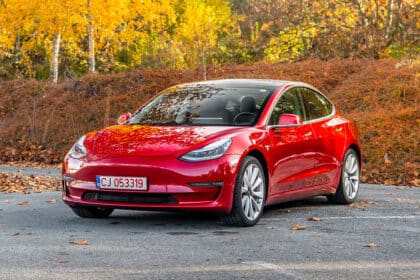
The prices of new vehicles are climbing up and up every year. Even used car prices have been at record heights. How can you afford to replace your broken-down ride with something that runs reliably? It all starts with a down payment.
While not every car dealership will expect a down payment — some offer zero-down deals during sale events — providing a solid down payment upfront can get you a better interest rate. The better the financing deal, the more money you’ll save in the long run.
To give yourself the best chance of reaching your down payment minimum on your next car, here are some simple money-saving tips.
Are You Shopping for a Used Car? Here are some helpful tips from experts
Your first step should be determining your target fund amount. You don’t want to save up less than you need to cover the down payment plus other upfront expenses like title, insurance, and tax. Yet, you don’t want to strain your spending habits too tightly to squeeze out more money than necessary.
Do this by determining the target price range of the new or used vehicle you intend to buy. The down payment should be 20% of that for a new vehicle and 10% for a used vehicle. So, a $12,000 used sedan should have a down payment of at least $1,200 plus a bit extra for other expenses.
Now decide how long it will take you to amass that amount. Assess your current spending habits and monthly budget to see how much you can comfortably set aside every month. If you have $100 that you can spare every month, you can reach that $1,200 in around one year. Keep the fund in a separate savings account so you won’t be tempted to withdraw from it and set yourself backward.
Try not to dip into your savings to afford the car sooner, since you’ll need that money for maintenance costs and such down the road. “Many experts say that all car-related expenses shouldn’t exceed 20% of your take-home pay,” says Lauren Schwahn of NerdWallet.
If you want to reach your goal faster, you’ll have to sacrifice. Cut down on all inessential spending: carpool with friends, eat at home, simplify your grocery list, and go thrifty on your wardrobe. You can also earn more money through part-time work, which is easier than ever in this gig economy.
Don’t forget that you can trade in your old vehicle for credit toward the cost of a new car, which will be deducted from the bottom line.
Stay committed to your savings goal, and you’ll be able to afford a better vehicle before you know it!
Aaron is unashamed to be a native Clevelander and the proud driver of a Hyundai Veloster Turbo (which recently replaced his 1995 Saturn SC-2). He gleefully utilizes his background in theater, literature, and communication to dramatically recite his own articles to nearby youth. Mr. Widmar happily resides in Dayton, Ohio with his magnificent wife, Vicki, but is often on the road with her exploring new destinations. Aaron has high aspirations for his writing career but often gets distracted pondering the profound nature of the human condition and forgets what he was writing… See more articles by Aaron.









